Two buildings, several exhibition rooms and a permanent exhibition of painter Dominik Skutecký in his family villa. All this belongs to the Central Slovak Gallery, an institution with a 60-year tradition, which has signed up for Escalator 2016.
Independent cultural centers or artists tend to join the Escalator program. However, the girls from the Central Slovak Gallery saw in it an opportunity to be inspired by foreign examples interpreted by mentors Paul Bogen and Sandy Fitzgerald, but also by the participants themselves. Katka Baraníková and Zuzana Medzihorská, representing the gallery, initially set goals to acquire greater skills in the field of fundraising, PR, audience development, and how to expand their offer for regular as well as new visitors and fans.
“We wanted to deepen our relationship with the public, expand our audience and gain new horizons and inspiration. For overall management and planning – we should improve that. What was important to me was that at the beginning, when we had a meeting with Paul Bogen and our director, he (Paul) said that most museums and galleries in Britain operate in a self-sufficient way and have no state support. Our starting point is much better since we have operating costs financed by our region,” says Zuzka. However, the Central Slovak Gallery pays for the entire program activity with grants. “The meeting also showed that we are like a conservative institution, which is run in certain ways, and if we want to enter the 21st century, we need to change the image and such,” adds Katka.
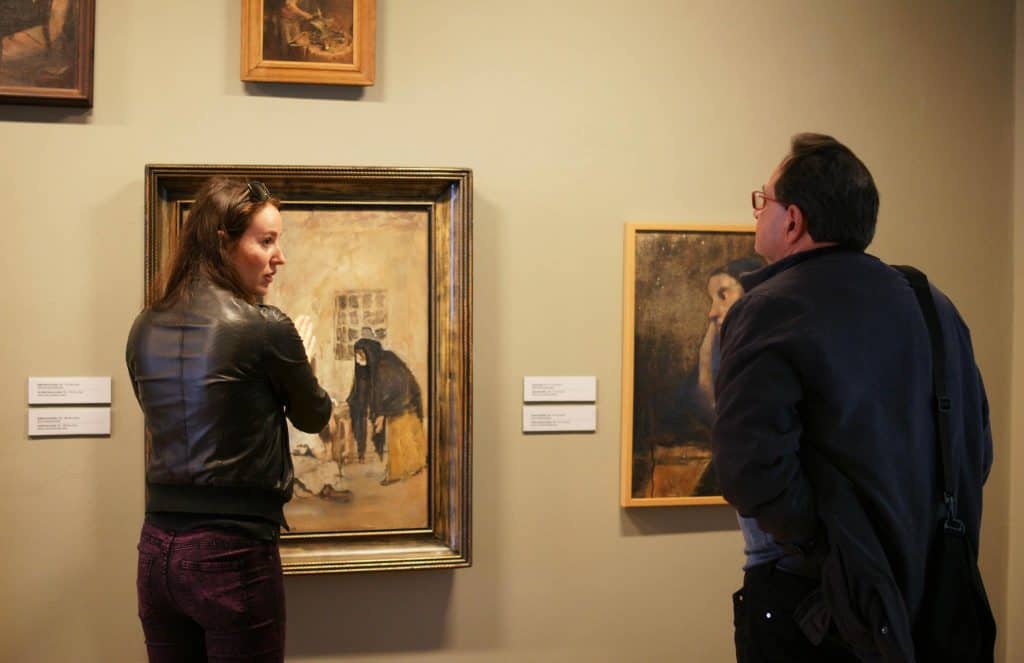
Zdroj: Stredoslovenská galéria 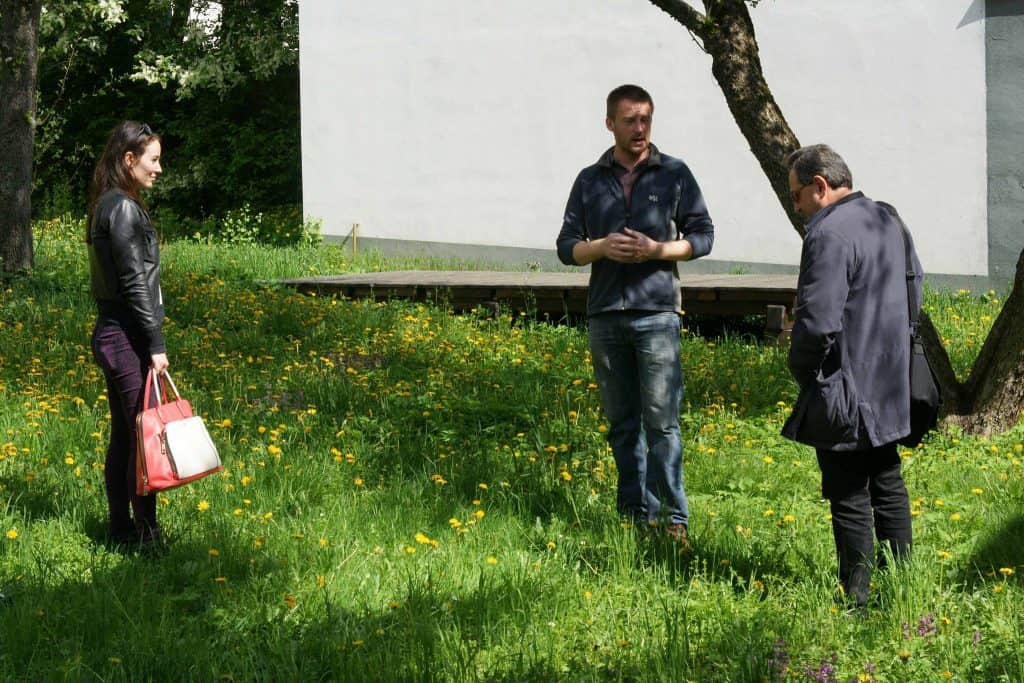
Zdroj: Stredoslovenská galéria
The Central Slovak Gallery has long focused on one medium – graphics and it also functions as a collection institution. For the last 15 years it has been exhibiting contemporary and modern art in a wider range. Anasoft litera readings are also regularly organized here, with the Laputa civic association they have prepared a festival of contemporary media art Intermedia, or have organized several performances in cooperation with the Dance studio theater. Then they independently prepare workshops and have a well-developed gallery pedagogy, on which they have been working since the 1990s. “Our vision is that we don’t want to be just a gallery, but rather to function as such a cultural center in Bystrica,” says Katka.
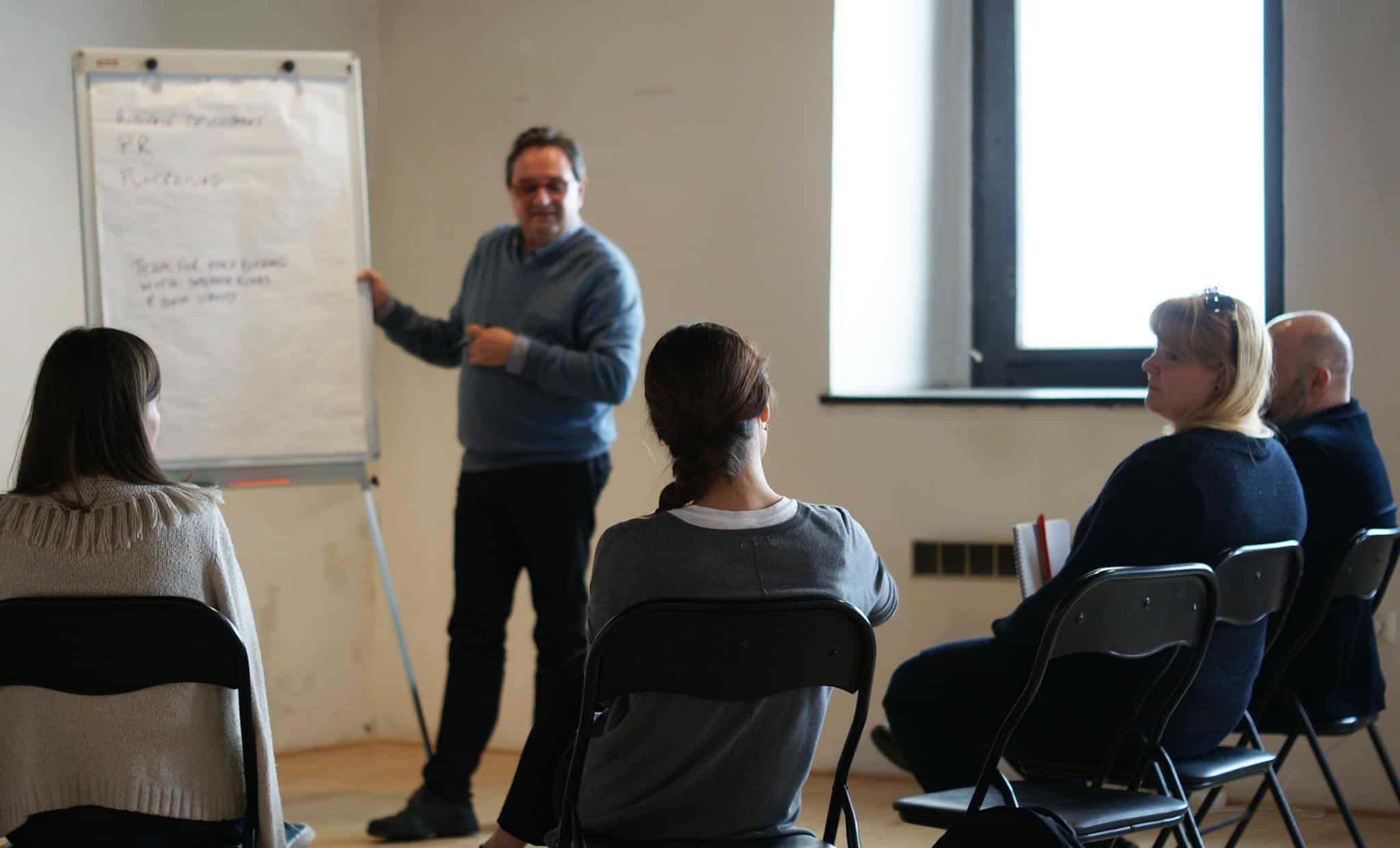
During the Berlin Study Week, they found inspiration in visiting the public cultural center and gallery Neuer Berliner Kunstverein, which specializes in organizing exhibitions, for which it offers a wide range of professional programs and publications. It also runs an art library, that lends works from its collection. Visitors can borrow artwork for up to one year for a minimum insurance fee. A valuable experience from Berlin is also the opportunity to meet the deputy director and chief curator of the Berlinische Galerie, who introduced them to the structure, history, collection, educational activities and accompanying events of the gallery.
On the occasion of their 60th anniversary in 2016, they began the First Man was an artist festival, which includes exhibitions of visual art, films, dance, music, literature as well as various creative workshops, lectures, discussions and picnics. It ran from September to December 2016. In the same year, they hosted an exhibition of the finalists of the Oscar Čepan Award, organized by another of the participants in Escalator 2016 – the Center for Contemporary Art Foundation.
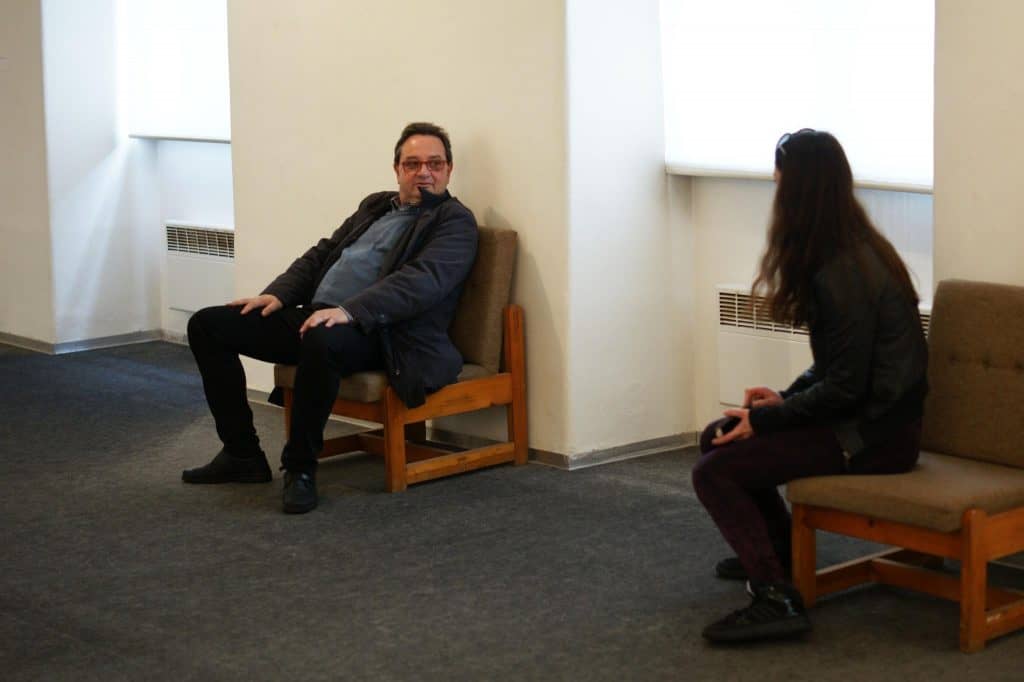
Zdroj: Stredoslovenská galéria 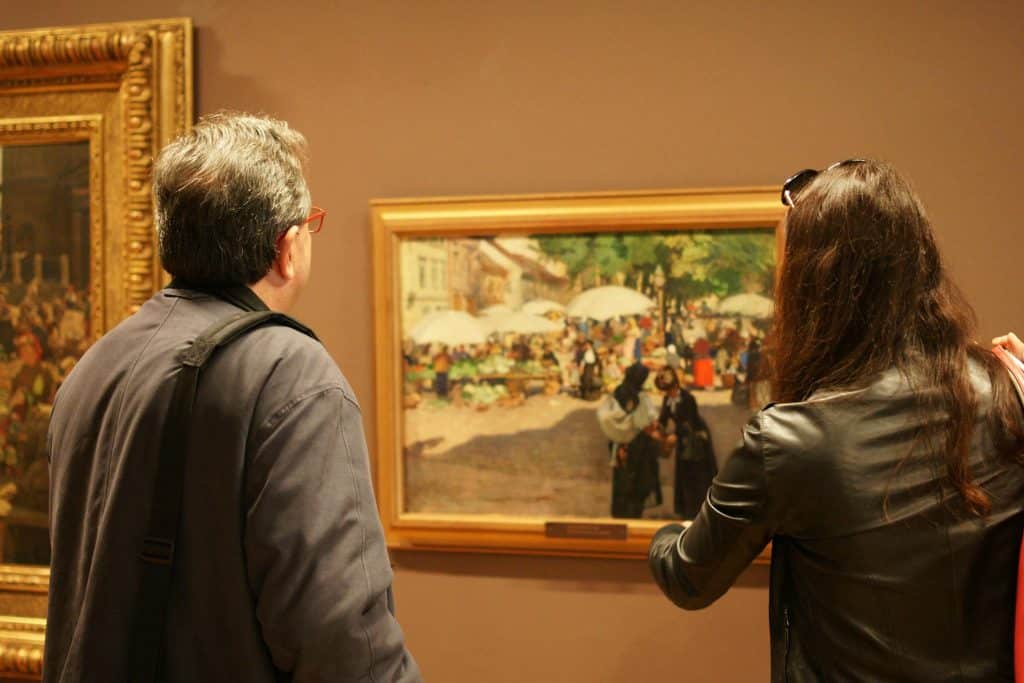
Zdroj: Stredoslovenská galéria
Read more about the program and check our open calls if you want to participate in this program or a similar one. Be like the Central Slovak Gallery and take your project to the next level!
The Escalator project has been supported using public funding by the Slovak Arts Council.
Text: Magdaléna Haľková
Cover: Stredoslovenská galéria / Central Slovakian Gallery
We bring this content from the restored archive.
